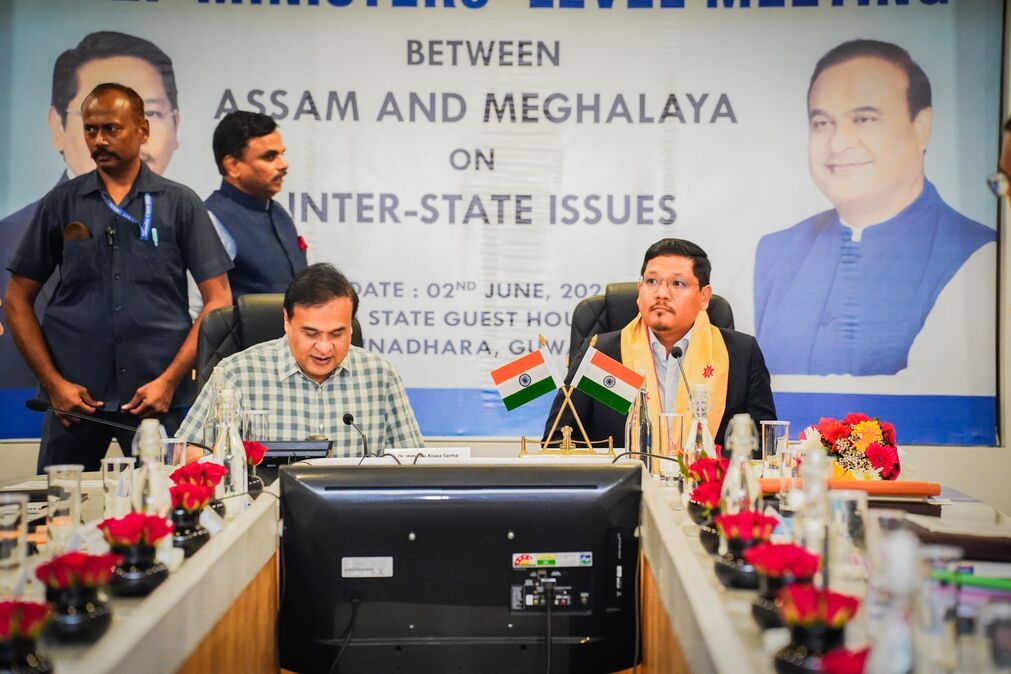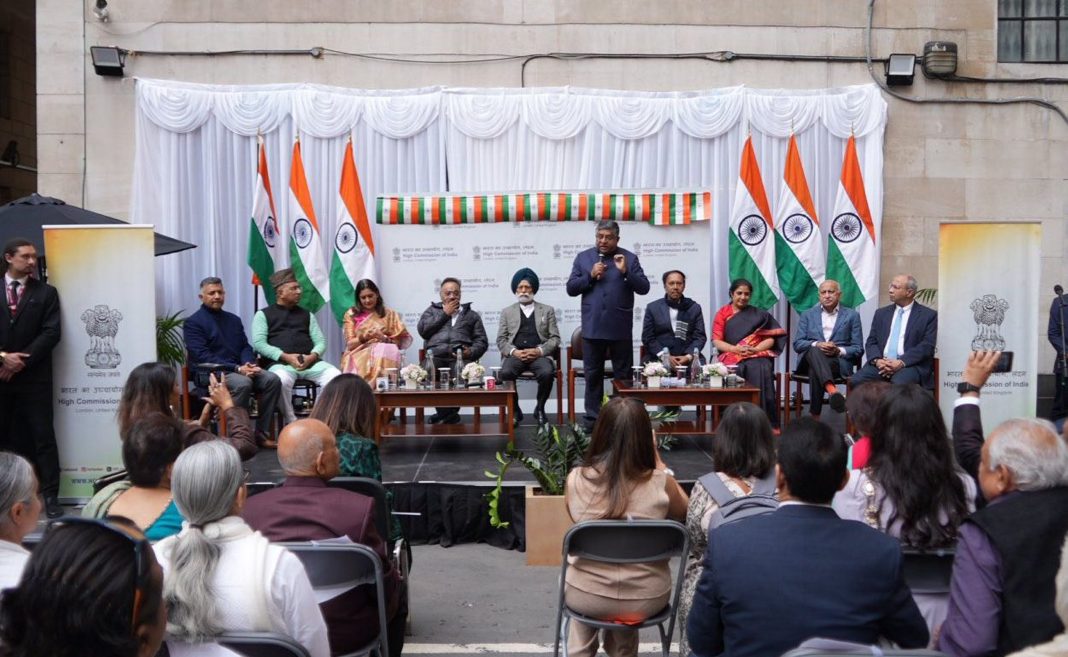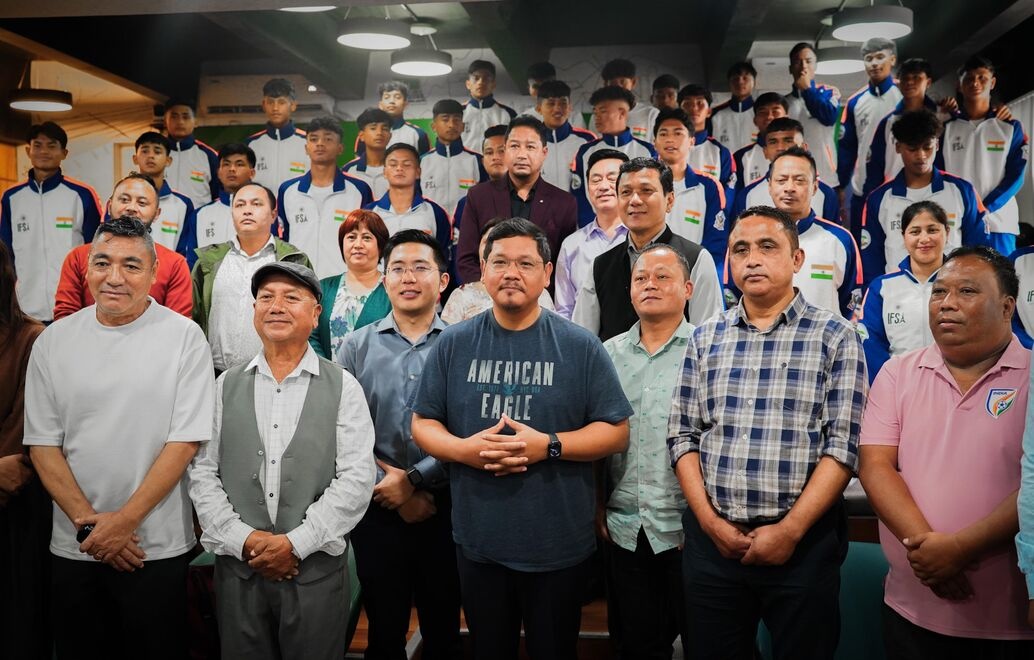Guwahati, June 2: In a significant move towards strengthening inter-state cooperation, Chief Ministers of Assam and Meghalaya met in Guwahati today to deliberate on three pressing issues: the Assam-Meghalaya border dispute, joint implementation of the stalled Kulsi hydroelectric and irrigation project, and long-term solutions to urban flooding in Guwahati.
The meeting was attended by Assam Chief Minister Himanta Biswa Sarma and his cabinet colleagues, while Meghalaya was represented by Chief Minister Conrad K. Sangma, Tourism Minister Paul Lyngdoh, Chief Secretary D.P. Wahlang, and other senior officials.
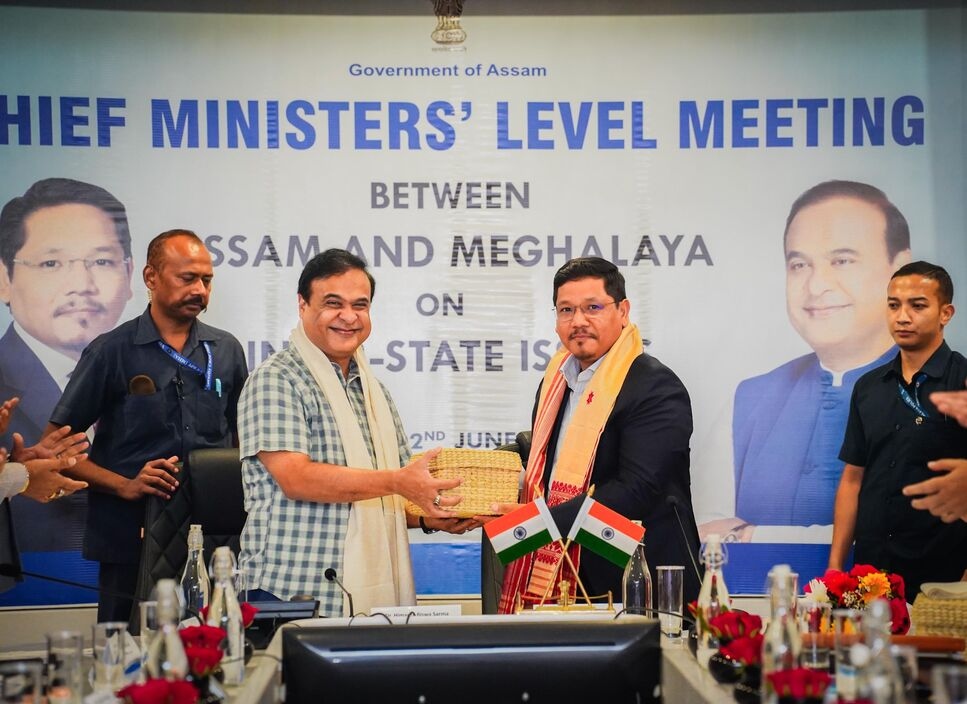
Addressing the persistent issue of flooding in Guwahati, both states agreed to commission the North Eastern Space Application Centre (NESAC) to conduct a satellite-based assessment of forest cover, water flow patterns, and areas prone to waterlogging. The study is expected to be completed within three months.
“We have decided to approach NESAC for a detailed satellite imaging study, covering forest areas, water flows, and water-logging zones. Based on this, institutions like IIT Roorkee will help us translate the data into actionable solutions,” Sangma said.
He emphasized the need for a collaborative approach, noting that flooding affects not just Guwahati residents but also communities in adjoining Meghalaya that rely on the region for livelihoods and trade.
On the long-standing border dispute, Chief Minister Sangma announced that physical demarcation of the six areas of difference—already resolved through a Memorandum of Understanding (MoU)—will begin shortly.
“We are very close to finalizing the border pillars and are hopeful of completing the process by or before August 15. This will be a major milestone and a strong testament to the growing friendship between our states,” he said. Some minor pending issues in areas like Gijang and Tarabari are expected to be sorted out soon.
The two governments also reached an in-principle agreement to jointly revive the Kulsi multi-purpose hydroelectric and irrigation project, stalled for years due to boundary disputes. Initially proposed in 1997, the 55 MW project in the Brahmaputra Basin is expected to irrigate nearly 26,000 hectares and generate clean energy for both states.
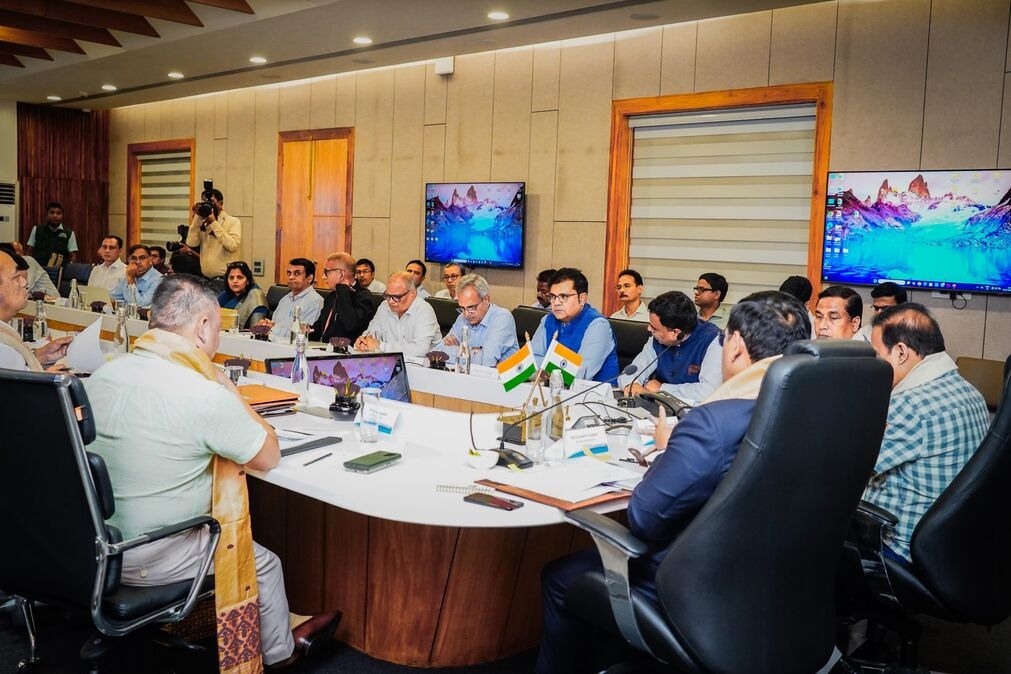
“This project is a win-win for both states—be it in terms of power generation, irrigation, or tourism. We have agreed to move forward, beginning with local consultations. Public support will be integral,” said Sangma.
He lauded the cooperative spirit shown by both governments: “Challenges will always exist, but our commitment to dialogue and resolution is what stands out. Today’s meeting reflects that shared vision.”

